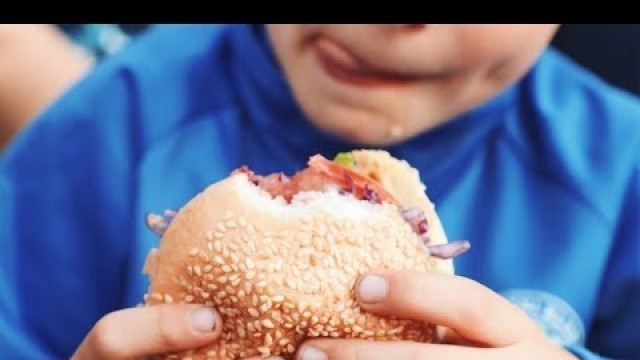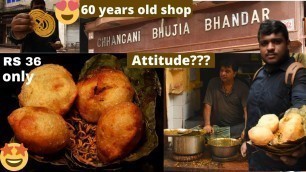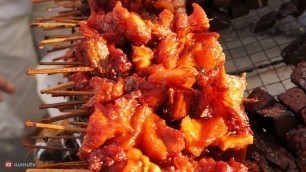

'Kids and teens in the U. S. get the majority of their calories from ultra-processed foods like frozen pizza, microwavable meals, chips and cookies, a new study has found. Two-thirds — or 67% — of calories consumed by children and adolescents in 2018 came from ultra-processed foods, a jump from 61% in 1999, according to a peer-reviewed study published in the medical journal JAMA. The research, which analyzed the diets of 33,795 youths age 2 to 19 across the U. S., noted the \"overall poorer nutrient profile\" of the ultra-processed foods.\"This is particularly worrisome for children and adolescents because they are at a critical life stage to form dietary habits that can persist into adulthood,\" says Fang Fang Zhang, the study\'s senior author and a nutrition and cancer epidemiologist at Tuft University\'s Friedman School of Nutrition Science and policy. \"A diet high in ultra-processed foods may negatively influence children\'s dietary quality and contribute to adverse health outcomes in the long term.\"One reason for the increase may be the convenience of ultra-processed foods, Zhang says. Industrial processing, such as changing the physical structure and chemical composition of foods, not only gives them a longer shelf life but also a more appetizing taste.\"Things like sugar, corn syrup, some hemp oil and other ingredients that we usually don\'t usually use in our kitchen, that are extracted from foods and synthesized in the laboratory, those are being added in the final product of ultra-processed foods,\" Zhang said. \"A purpose of doing this is to make them highly palatable. So kids will like those foods that somehow make it hard to resist.\"During the same two-decade period when the study data was collected, the consumption of unprocessed or minimally processed foods decreased to 23.5% from 28.8%, the study found. The greatest increase in calories came from ready-to-eat or ready-to-heat meals such as pizza, sandwiches and hamburgers, rising to 11.2% of calories from 2.2%. Packaged sweet snacks and treats such as cakes and ice cream were a runner-up, which made up 12.9% of calorie consumption in 2018, compared to 10.6% in 1999. When broken down by race and ethnicity, the growth in consumption of ultra-processed foods was significantly higher for Black, non-Hispanic youth, compared to white, non-Hispanic youths. The study also noted that Mexican American youths consumed ultra-processed foods at a persistently lower rate, which the researchers said may indicate more home cooking by Hispanic families. The study also found that the education levels of parents or family income didn\'t affect consumption of ultra-processed foods, suggesting that these types of foods are common in many households. But the responsibility for tackling this problem shouldn\'t fall only on parents, Zhang says. All data is taken from the source: http://npr.org Article Link: https://www.npr.org/2021/08/11/1026816658/study-us-kids-diet-ultraprocessed-junk-food #foods #newscnn #newstodayinusa #newstodaybbc #newsworldabc #newstodayupdate #'
Tags: calories , Tech News , news feed , news one , news worldwide , news today donald trump , news world today , news today local , FOODS , study , ultra , consumption , news world , news of the day , news bloopers , king world news , news world now , news today update , news years day , news daily , news bbc , news today bbc , news world abc , news today in usa , news cnn , news room , youths , processed , Zhang
See also:


!['[SKYFACTORY 4] EP15 - DONUT SAPLING & SANDWICH STATION (HELP/TUTORIAL)'](https://cdn-img01.verybestfoodrecipe.com/images/49-m/867/867347_m.jpg)














comments